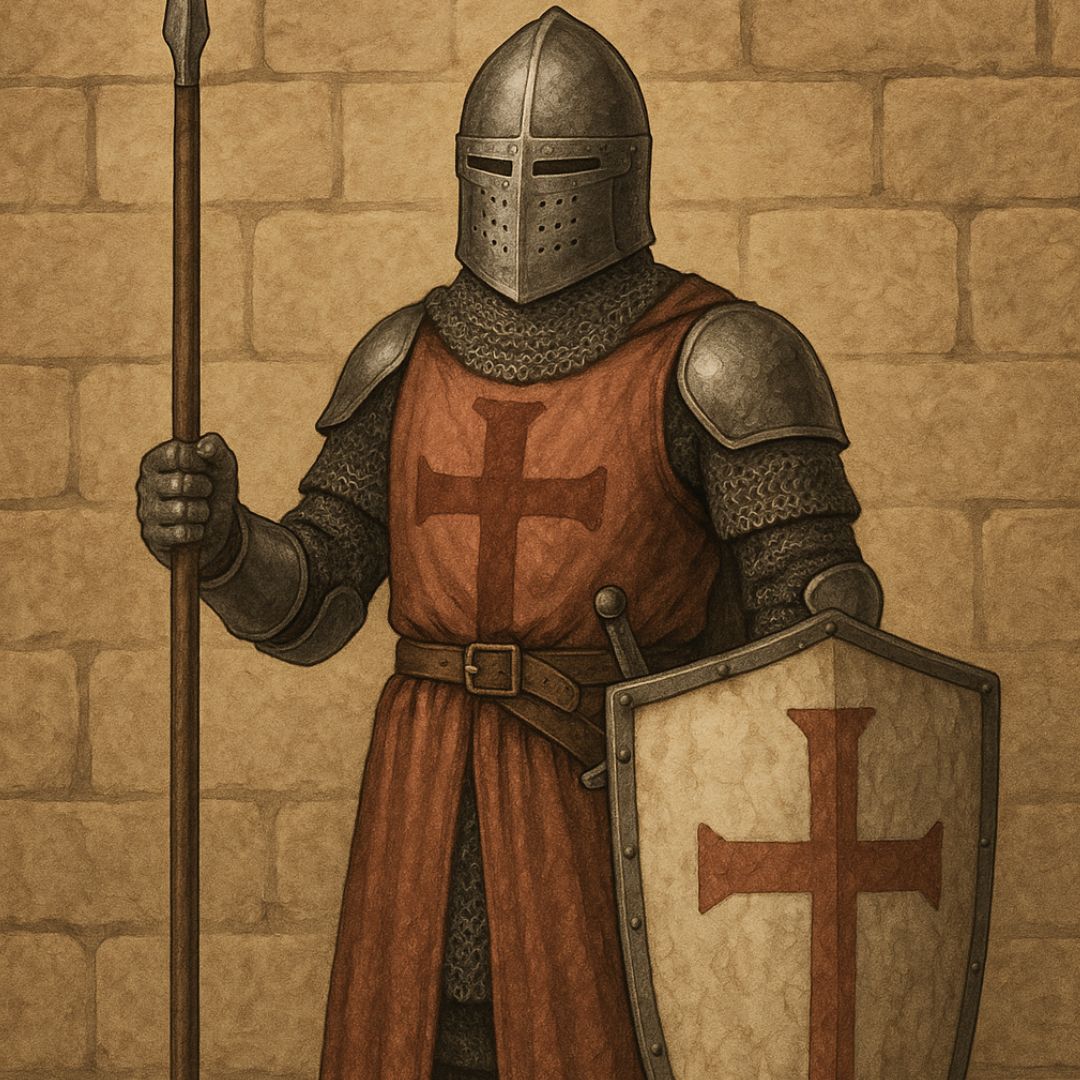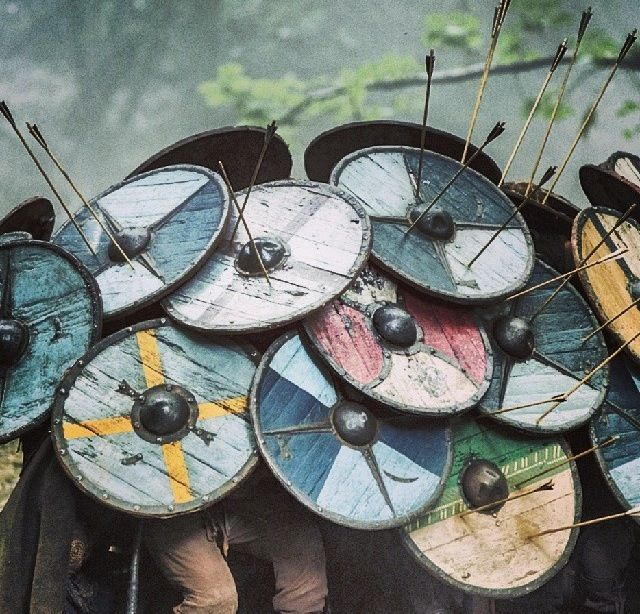Viking women, active between the 8th and 11th centuries, were an integral part of medieval European society. Their clothing reflected their role in everyday life: they worked, traveled, took care of the home, and were active in the community. Therefore, their attire had to be functional, durable, and elegant, always adapted to the cold northern climate.

Main garments: tunics and hangerocks
One of the most distinctive garments was the hangerrock, a strapless dress worn over an undertunic. It was held in place by oval clasps at chest level, often connected by decorative chains.
This design was not only practical, but also allowed for the addition of ornamental elements and the display of a woman's social status.
Modern models such as the Jona Viking Dress, the Estrid Dress, the Frida Dress or the Astrid Dress, which can be found in specialist shops such as Tienda Medieval , recreate these outfits with modern fabrics, but respecting the cut, length and traditional spirit of medieval Scandinavian clothing.

Capes, tunics and coats against the Nordic climate
The undertunics, usually made of linen or wool, were long-sleeved and reached the ankles. Over them, the thicker hangerock was worn, often decorated with geometric embroidery or motifs from Norse mythology.
Over them, to protect themselves from the weather, Viking women wore wool or fur cloaks, fastened with round or trilobed clasps, known as fibulae, at chest or shoulder height. These cloaks could reach the floor and many included hoods.

Footwear: resistance and utility
Viking footwear was as functional as the rest of their attire.
Women wore leather boots or shoes, often laced or strapped. They were sturdy and suitable for everyday outdoor activities, such as walking over rough terrain or working in the fields.
Some modern models reproduce these shapes, using more comfortable soles for current use, but with the basic design intact.

Accessories: brooches, belts and pendants
An essential part of female Viking attire was metal accessories, both decorative and functional.
Oval brooches were used to hold the hanger rock and were connected to chains or beads that crossed the chest. Pendants, amulets, and glass beads with symbolic or religious meanings were also worn.
Woven belts, decorated with metal fittings or terminals, allowed small objects such as keys, knives or bags to be hung.
In today's models, these belts are an attractive visual detail that reinforces the connection to the Scandinavian past.

Female hairstyles and symbols
Braided hair, often tied back or covered with a headdress, was also part of the attire.
Married women wore their hair covered as a symbol of their marital status, while single women wore it loose or decorated with ribbons.
Some headdresses included embroidery or sewn-on pearls that showed wealth and personal taste.

Viking woman's wedding attire
Viking wedding dress did not differ much from elegant everyday attire, although it often included new garments, richly decorated brooches, inherited metal or flower crowns, and necklaces of amber or glass.
Hair was worn loose as a symbol of singleness, before being covered after the wedding.
These elements are documented in both archaeological and historical sources, in funerary contexts and Scandinavian finds.

An overview of Viking women's clothing
Viking women's clothing was practical, aesthetic, and deeply symbolic. Each garment and accessory had a purpose, whether to protect from the elements, facilitate daily tasks, or communicate social status.
Although these garments are no longer worn daily as they were in the Middle Ages, today, thanks to the work of historical reenactors and specialized stores, it is possible to dress like a medieval Viking woman with modern designs that respect the Scandinavian heritage and bring it back to life.









